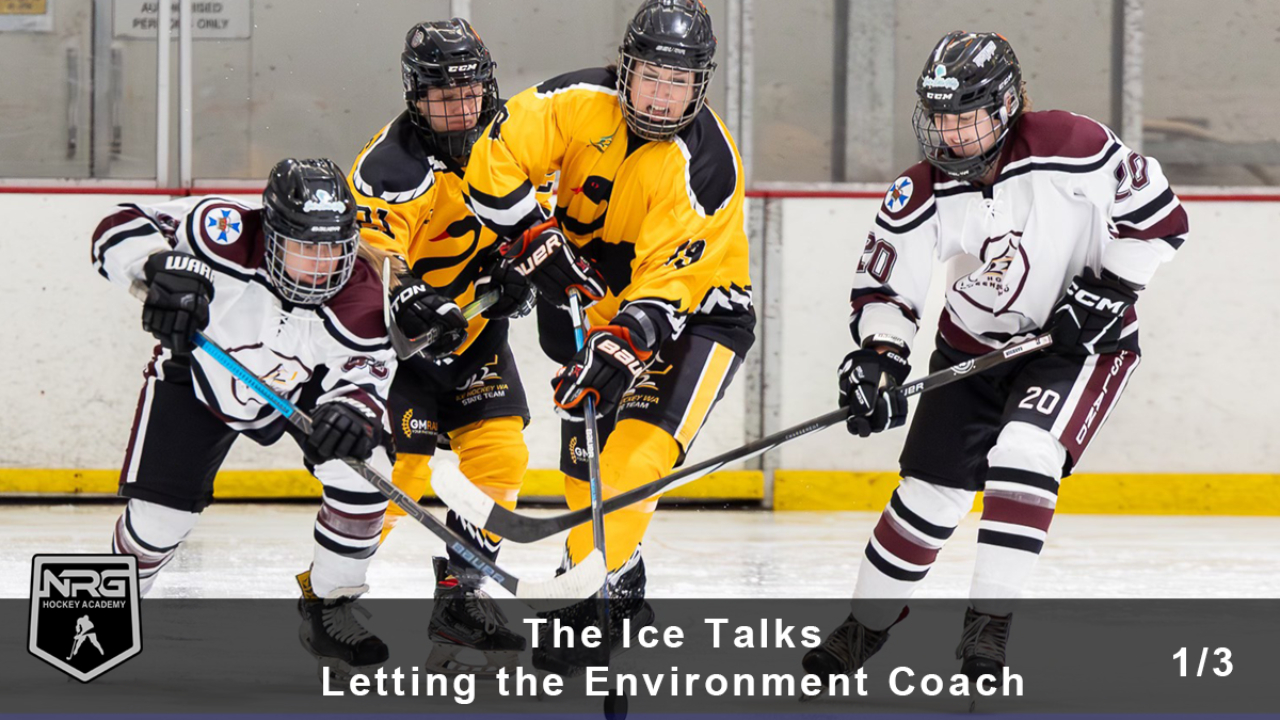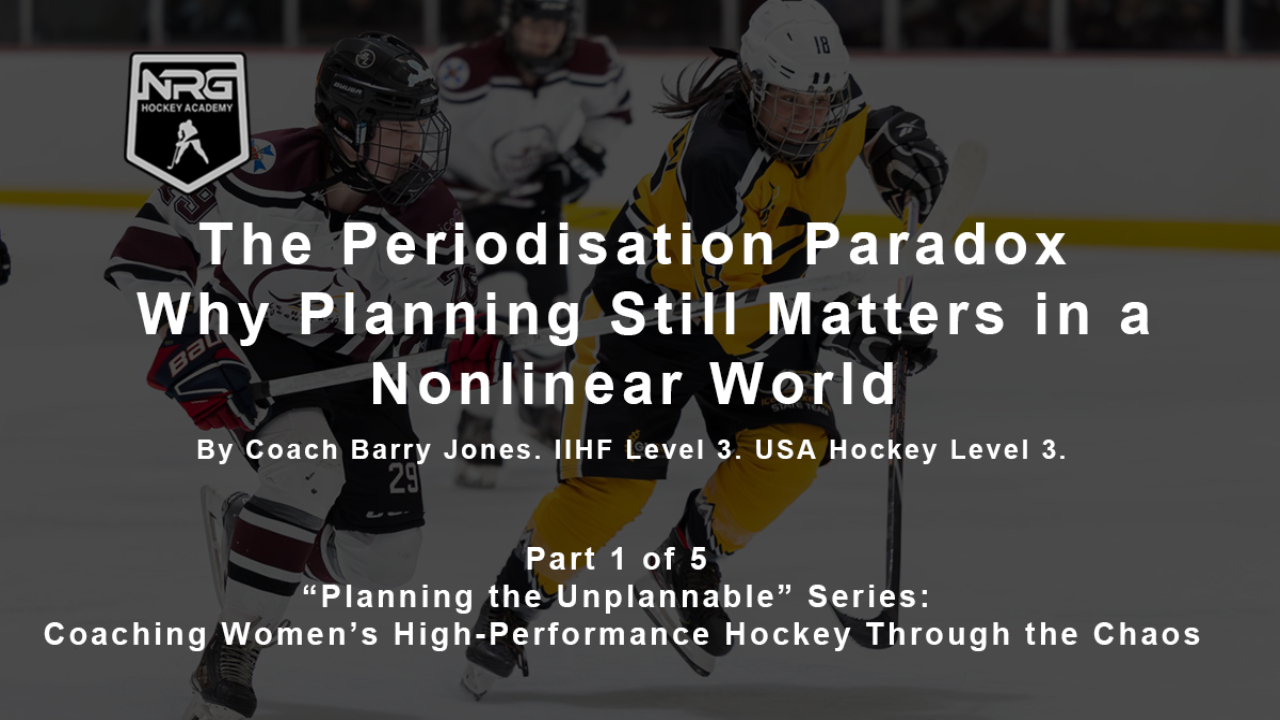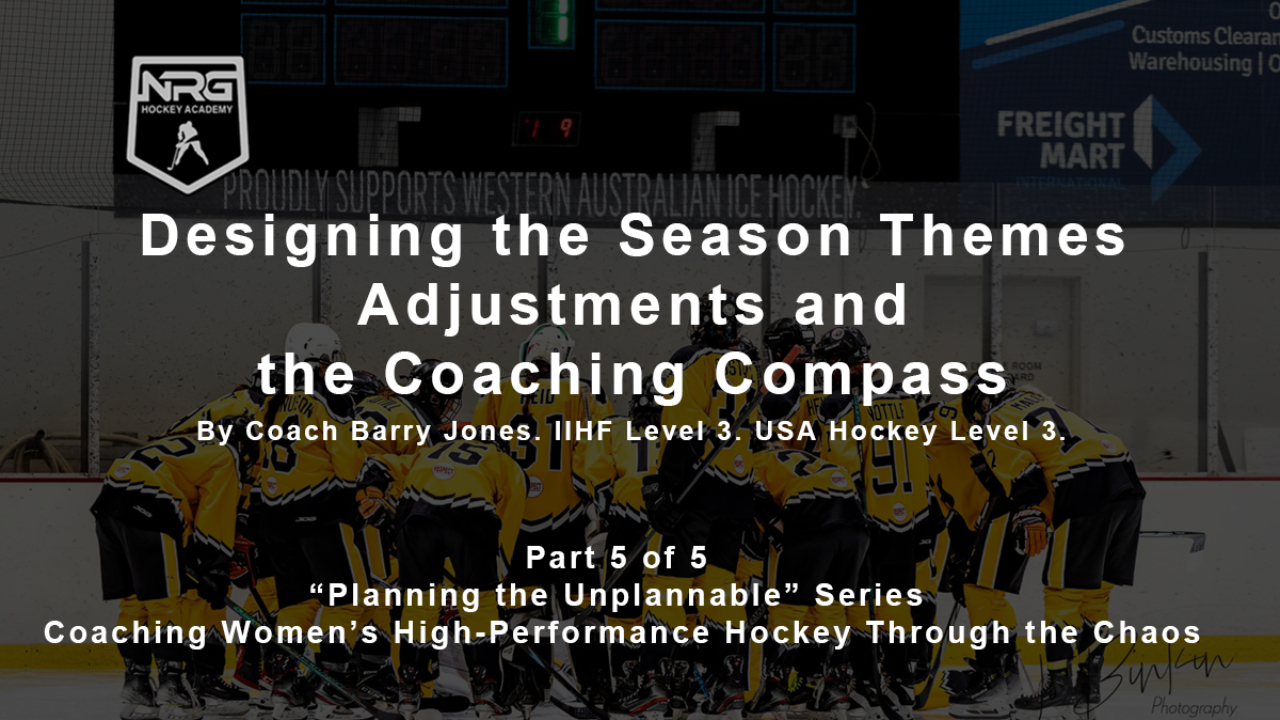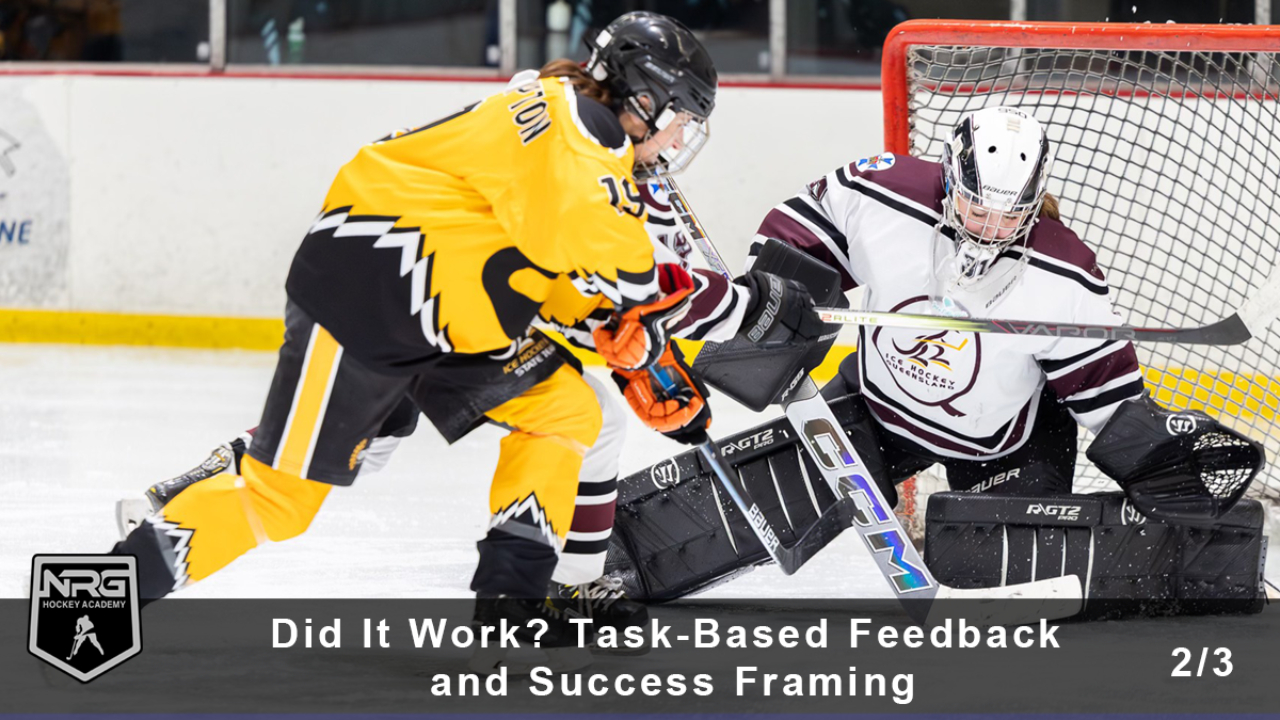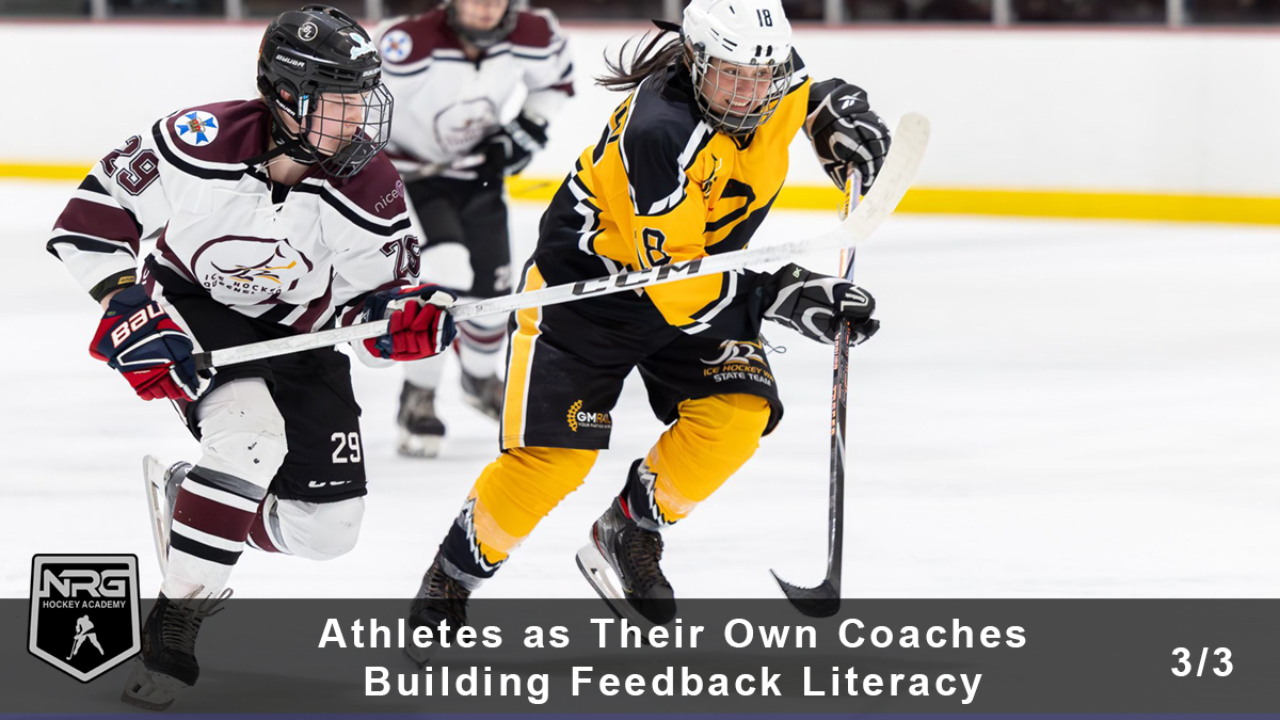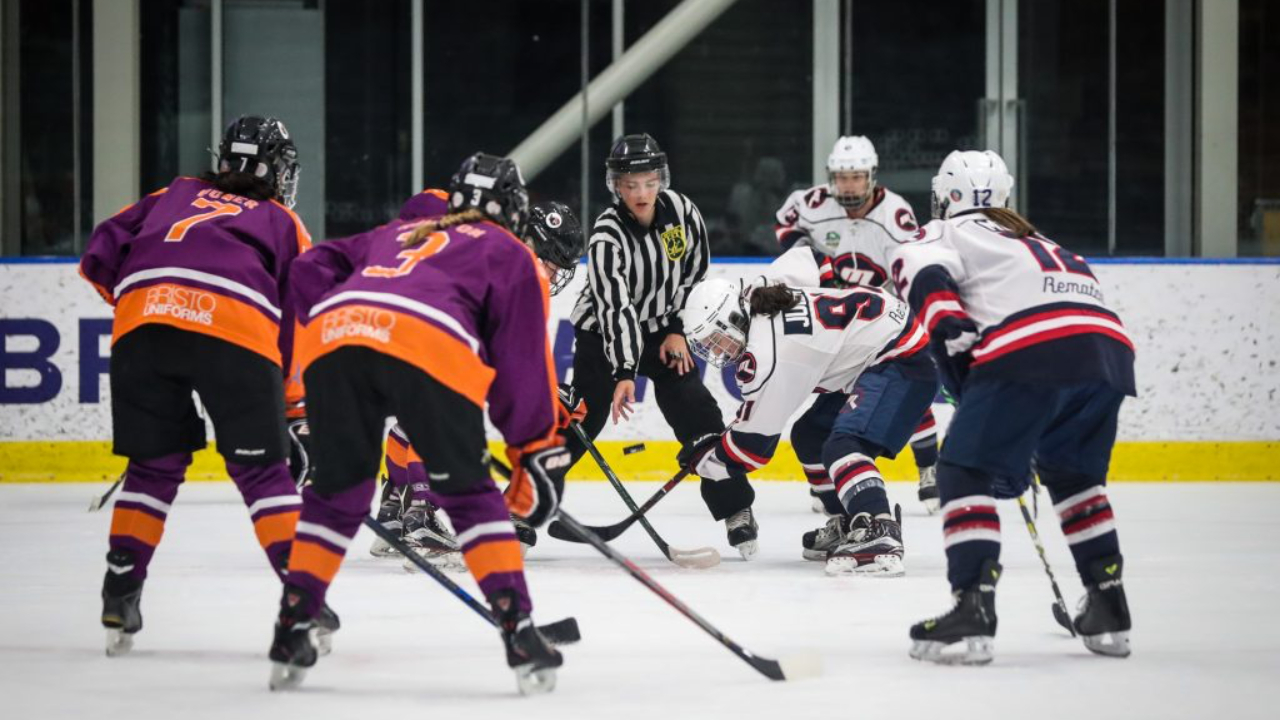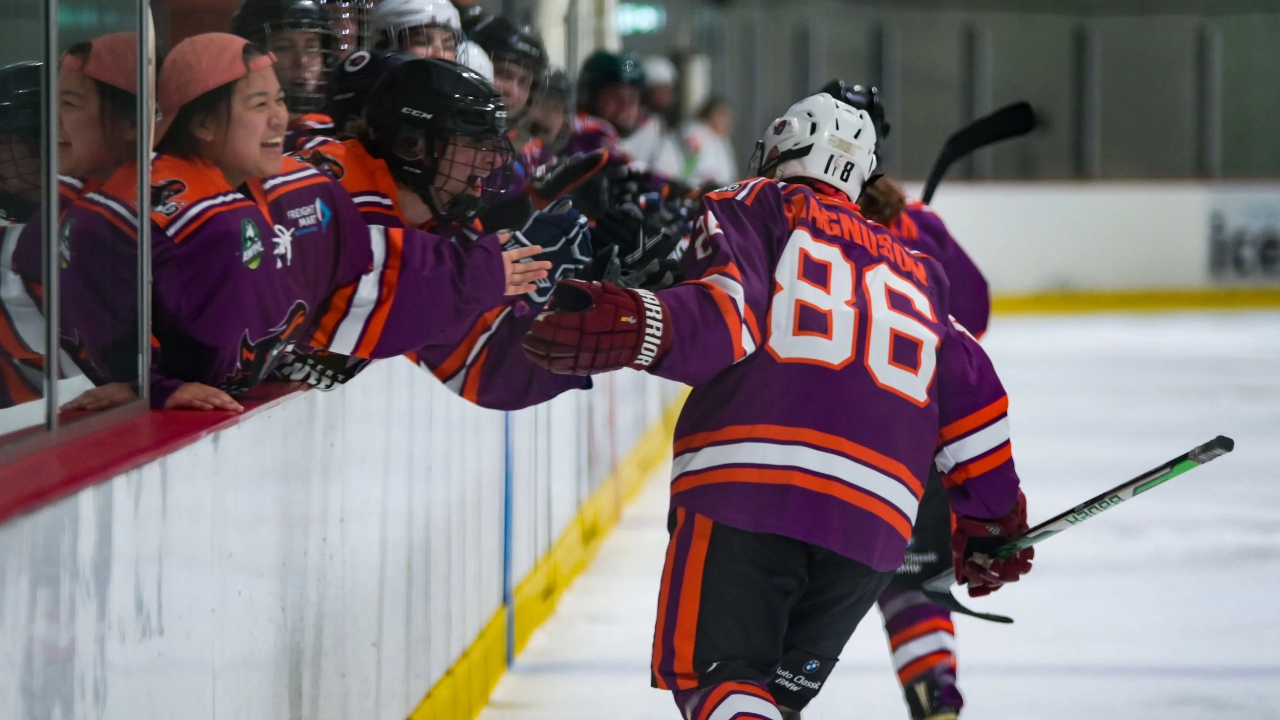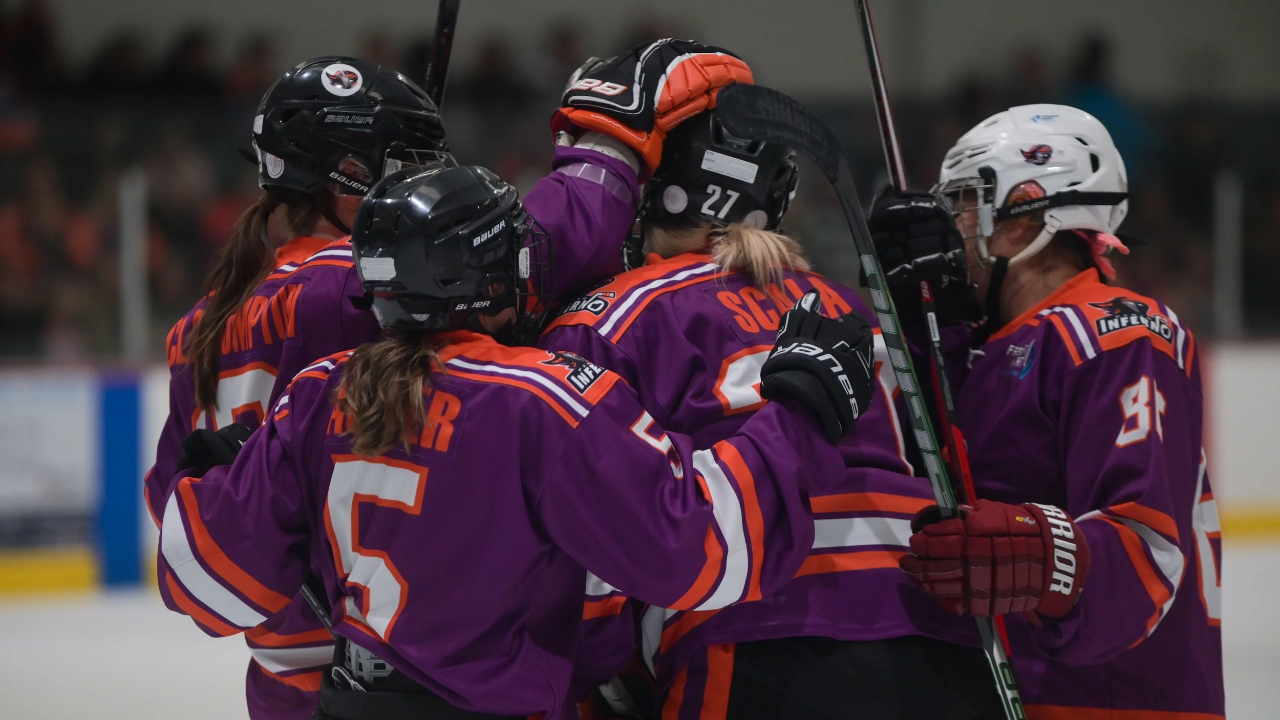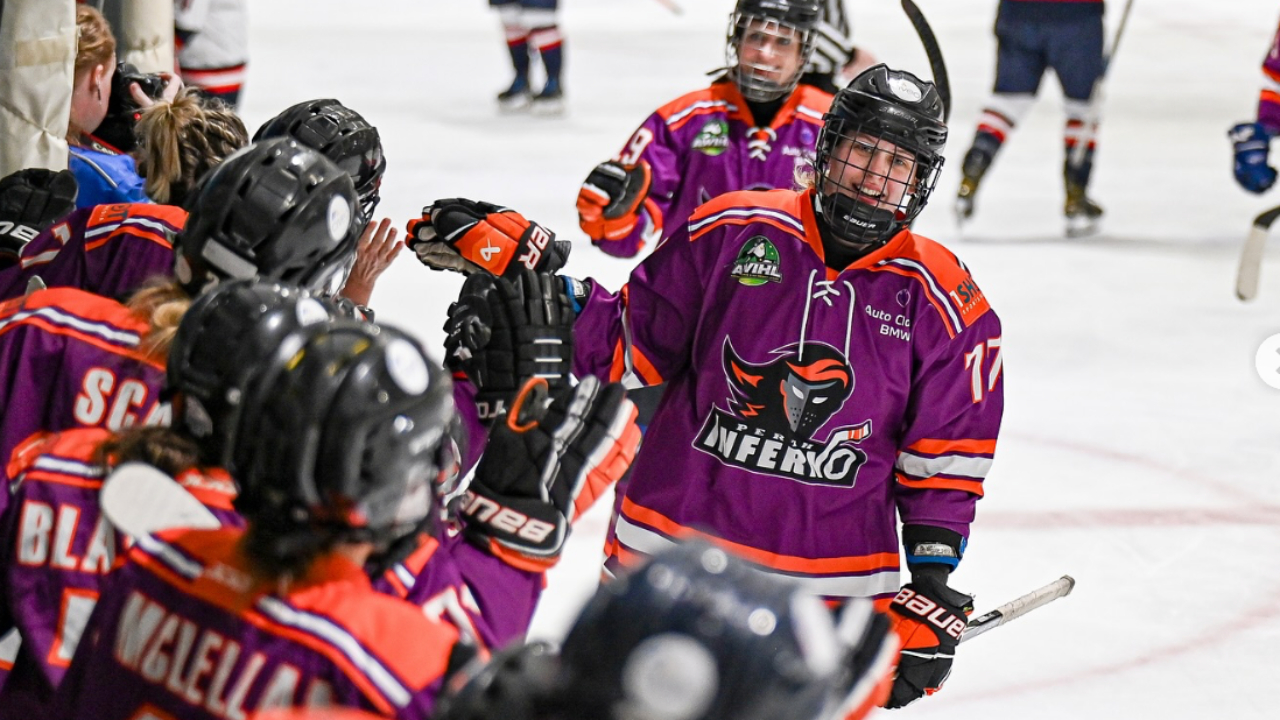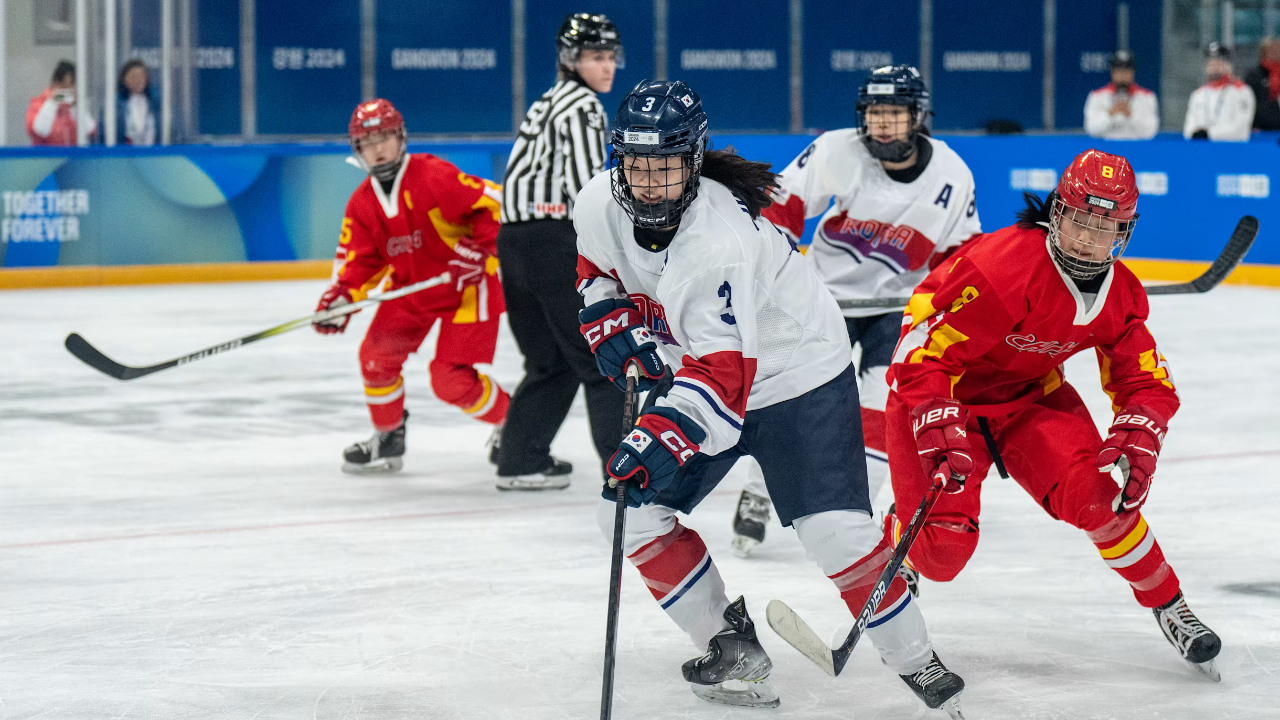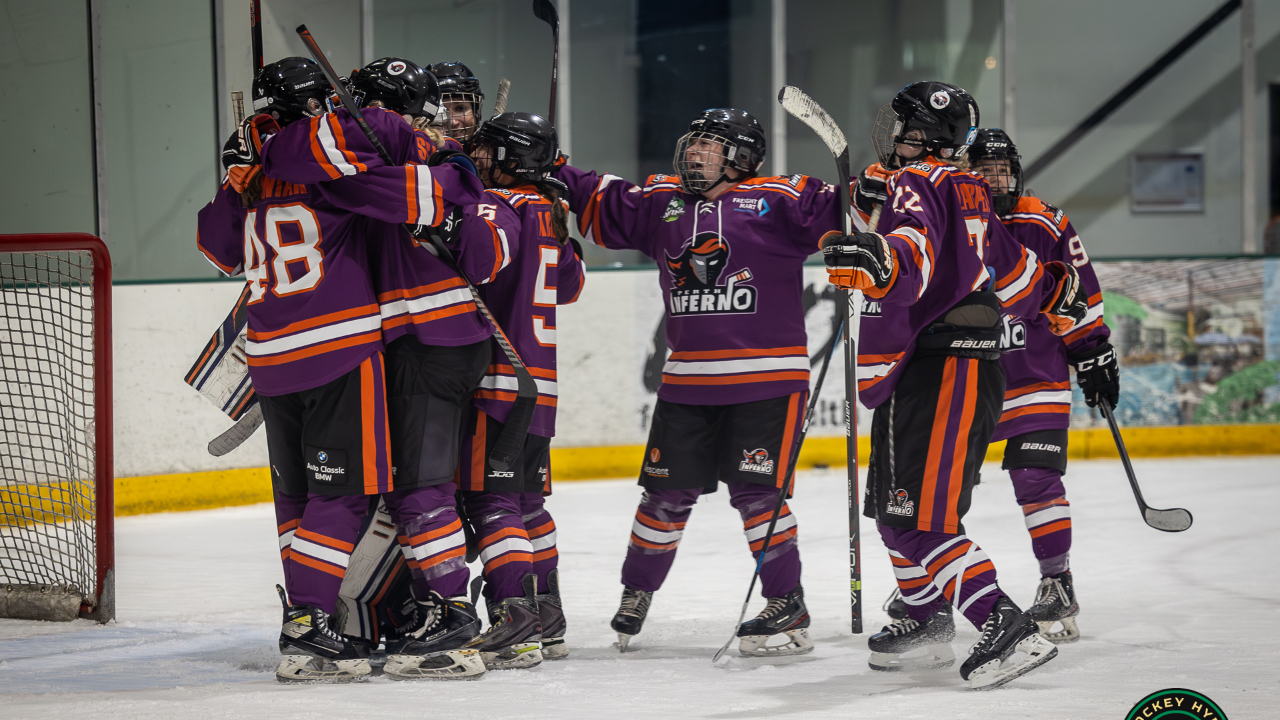
Inside My Madness: Coaching in a Nonlinear World
Article (4:5) Coaching in Feedback Loops: Planning as a Living Conversation
By Coach Barry Jones – IIHF Level 3 High Performance | USA Hockey Level 3 Performance | Head Coach, Perth Inferno (AWIHL)
I used to write the plan, deliver the plan, and move on. Now I treat every session like a conversation. The moment I stopped talking at the players and started listening with them, the whole season came alive.
From Delivery to Dialogue
Traditional planning feels safe because it’s one-way: coaches plan, athletes follow. But when you coach in a nonlinear system, that model collapses fast. The plan can’t be static; it has to adapt as information flows back and forth.
At Perth Inferno, I stopped treating my weekly plan as a script and started seeing it as a hypothesis. Each session is a test. The feedback, from athletes, from video, from data, tells me whether to stay, stretch, or shift.
When you reframe planning as dialogue, your program stops being a lecture and starts being a language.
Listening to the Environment
The most valuable feedback doesn’t always come from athletes; it comes from the environment itself.
The rink speaks if you learn to listen. The puck tells you if spacing is right. Transitions tell you if players understand tempo. Missed passes aren’t mistakes; they’re messages about perception gaps.
Once you start reading the ice as feedback, the game becomes your co-coach.
Building Feedback Systems that Work
A nonlinear environment needs structure that collects feedback without killing spontaneity. Here’s how we build that rhythm at Inferno:
-
Session Reflections: Players complete a short “What did you notice?” prompt before leaving the rink. It focuses on perception, not outcomes.
-
Theme Check-ins: Each week starts with a 5-minute team pulse, “Where did we feel growth?” “Where did we get stuck?”
-
Coaching Debriefs: Staff review the same data, but through behaviour, not stats. Did the behaviour we trained appear in the game?
These loops run vertically (coach to player) and horizontally (player to player). They create alignment faster than any spreadsheet.
Turning Data into Dialogue
Data can easily become distant, a way for coaches to analyse instead of connect. But used right, it becomes conversation fuel.
Instead of showing charts, I ask questions:
-
What story do these numbers tell you?
-
Why do you think that trend appeared?
-
What might we try next?
This shifts ownership from coach to athlete. The numbers don’t tell them what to do; they invite them to think. That’s how analytics become part of learning design, not performance policing.
Feedback as Periodisation
In a nonlinear model, feedback isn’t something you do after the plan; it is the plan.
Every loop of observation, reflection, and redesign becomes a new cycle. When the group shows adaptation, we push forward. When learning stalls, we don’t call it failure; we treat it as new data.
This creates a natural periodisation built on readiness rather than rigidity. The athletes’ adaptation curve, not the calendar, sets the tempo.
Psychological Safety and Honest Loops
The best feedback loops only work if athletes feel safe to speak the truth. That’s why we protect honesty as fiercely as we protect puck possession.
We reward vulnerability, players who admit confusion or ask for slower reps. Feedback becomes a team habit, not a performance review.
When athletes feel heard, they take ownership. They stop waiting for direction and start steering their development.
Try This: The Theme Pulse Check
If you want to build feedback into your season, try the “Theme Pulse Check.”
At the end of each training week, ask your players three questions:
-
What theme connected most this week?
-
What moment in practice taught you something new?
-
What do we need more of next week?
Collect those answers before you write the next week’s plan. You’ll start to see how feedback becomes foresight.
Reflection: The Coach as Conductor
When I stepped back from controlling the plan, I discovered my real job, conducting the rhythm of learning.
Feedback loops create that rhythm. They turn planning into music: listening, responding, adjusting tempo.
Nonlinear coaching isn’t chaos; it’s jazz. The melody is the theme, the players improvise within it, and together we find the beat that fits the moment.
How often do you let feedback shape your next plan, instead of simply reviewing the last one?
Read More
- 1 - The Beautiful Chaos: Why I Abandoned Fixed Periodisation
- 2 - Designing Without Deadlines: Building Adaptive Themes
- 3 - The Nonlinear Practice: Designing Sessions for Emergence
- 4 - The Beautiful Chaos: Why I Abandoned Fixed Periodisation
- 5 - Living the Madness: Culture, Trust, and the Adaptive Team
Author Bio
Coach Barry Jones is an IIHF Level 3 High Performance and USA Hockey Level 3 Performance coach, and the Head Coach of the Perth Inferno (AWIHL). His work explores nonlinear periodisation, ecological dynamics, and athlete-centred culture in women’s high-performance hockey.

